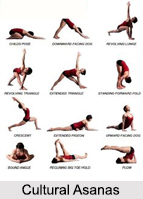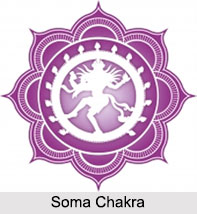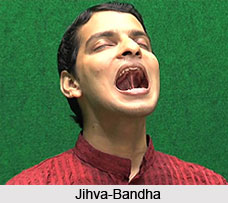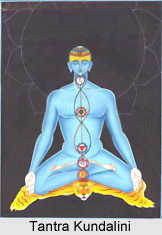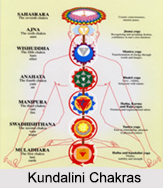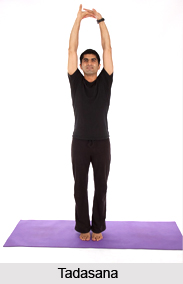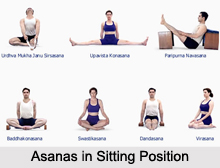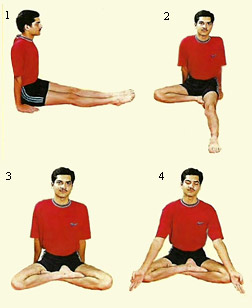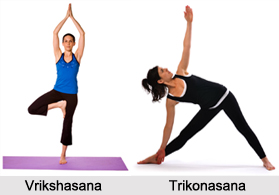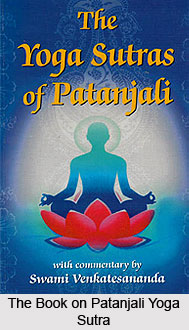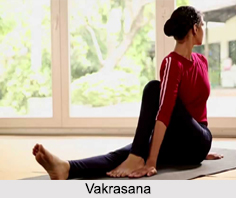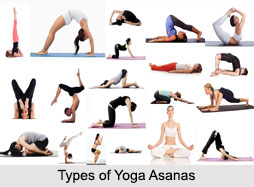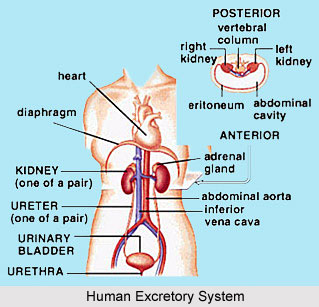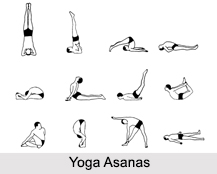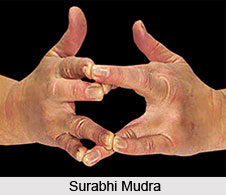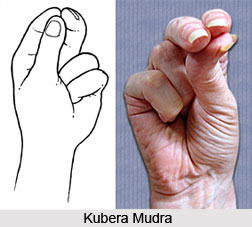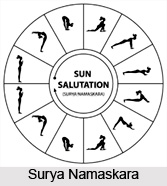 The sauca santosa tapah svadhyaya Isvarapranidhanani niyamah sutra states about the niyamas, or individual practices that are essential to invigorate a sadhaka`s morality. One should zealously observe the norms of niyama, yama and kriyayoga. In order to do this, one needs first to be purified both internally and externally. Every error and malicious feel needs to be eradicated to be a strict observer of yoga. By adopting the ethical principles, one can stay uncontaminated. This renders one exceedingly religious and he is sure to attain self-realisation.
The sauca santosa tapah svadhyaya Isvarapranidhanani niyamah sutra states about the niyamas, or individual practices that are essential to invigorate a sadhaka`s morality. One should zealously observe the norms of niyama, yama and kriyayoga. In order to do this, one needs first to be purified both internally and externally. Every error and malicious feel needs to be eradicated to be a strict observer of yoga. By adopting the ethical principles, one can stay uncontaminated. This renders one exceedingly religious and he is sure to attain self-realisation.
Sauca cleanliness, purity
Santosa contentment
Tapah religious fervour, a burning desire
Svadhyaya study which leads to the knowledge of the self
Isvara pranidhanani resignation to God, surrender to God (pra =
fullness; m = under; dhana = placement); making God the target of concentration
Ntyamah established observance
Cleanliness, contentment, religious zeal, self-study and surrender of the self to the supreme Self or God are the niyamas.
As yama is universal social practice, niyama evolves from individual practices, necessary to build up the sadhaka`s own character.
These five observations harmonise with the five sheaths of man and the elements of nature - the anatomical (earth), physiological (water), psychological (fire), intellectual (air) and spiritual (ether) layers. As ether (mahat akasa) is considered as an empty space outside, therefore the soul is an empty space within and is called cit-akasa.
The principles of niyama that are comprehended by kriyayoga accentuate the importance of self-discipline. Mastery of yoga would be unattainable without the observance of the ethical principles of yama and niyama.
Cleanliness or purification is of two kinds - external and internal. Both are necessary. Taking a bath is external purification; performing asanas and pranayama is internal cleanliness. Observance of niyama develops friendliness, compassion and indifference, and is a further aid in purging the body, mind and intelligence. Svadhyaya is checking oneself to see if the principles of yoga are being followed. In order to follow these principles one has first to decide whether one`s own pattern of behaviour is coordinated with them or not. If not, one has to prepare one`s thoughts and actions in conformity with them, and remove those faults which hinder one`s sadhana.
Owing to desires, anger, avarice, infatuation, haughtiness and envy, the mind is immersed in pain. Misguided by these emotions, the sadhaka loses his balance of mind and behaves immorally. Re-examination of his thoughts reduces the inclination to be wrong. The ethical discipline of yama and niyama transform the sadhaka`s alloyed or corrupted mind and enables his consciousness to radiate in its own unalloyed pureness. Hence, yoga stresses that discipline is religion and indiscipline is not religion.
The question that generally comes to one`s mind is what actually is true religion. It is eternal, and has no denominations or boundaries. It is a method knowingly designed to elevate each individual`s awareness so that he may experience the vision of the core of his being - atma darsana. It sustains the sadhaka`s development and forestalls his downfall; it elevates him when he sups. In short, religion is the means to Self-Realisation.

